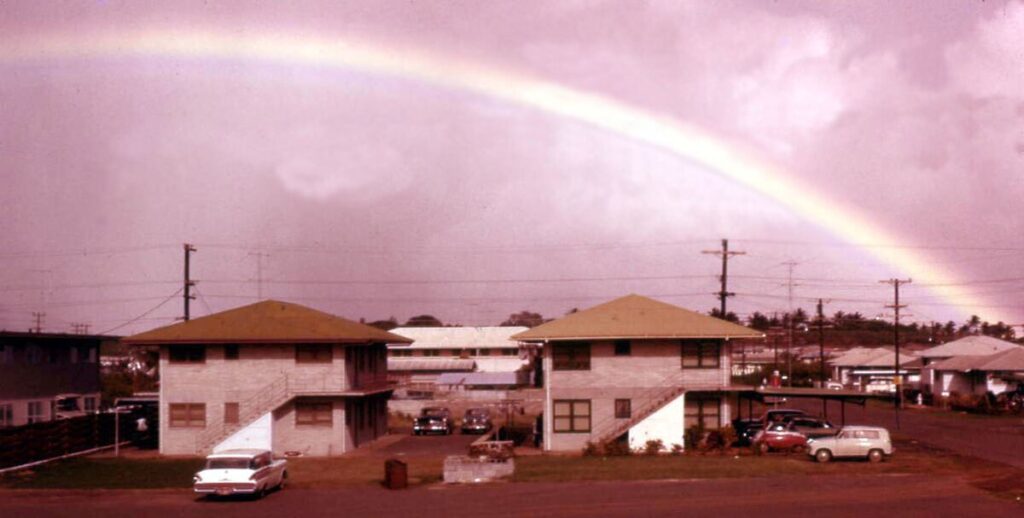
Moving to Waipahu, Hawaii: A Comprehensive Relocation Guide
Considering moving to Waipahu, Hawaii? This historic Oahu community offers plantation heritage, affordable living, and diverse culture. With approximately 39,000 residents in 2025, Waipahu combines working-class character with authentic atmosphere and Oahu’s most affordable and historic community.
Demographic Profile to Consider If Moving to Waipahu:
Waipahu’s 2025 population is approximately 39,000 residents in this central Oahu community with rich plantation history. The median age is around 38 years, with working families, Filipino community members, local residents, and diverse working-class population. The population is approximately 58% Asian (large Filipino population), 20% Two or More Races, 12% Native Hawaiian and Pacific Islander, 8% White, 2% Hispanic. Waipahu features plantation-era heritage with Hawaii’s Plantation Village museum, working-class neighborhoods, Waikele Premium Outlets, and authentic local character. The community maintains strong Filipino cultural identity from plantation-era immigration. Waipahu attracts working families, Filipino residents, and those seeking Oahu’s most affordable living. The area values plantation heritage, Filipino culture, working-class roots, and authentic local atmosphere. Find trusted local services for moving, living, and working in Waipahu.Waipahu Relocation Directory
Cost of Living to Consider If Moving to Waipahu:
Waipahu offers Oahu’s most affordable housing. Median home values range from $620,000 to $800,000 in 2025, the lowest on Oahu while providing central location and access. The median household income is approximately $78,000. Rental properties average $2,100 to $2,900 monthly, among Oahu’s most affordable. Hawaii has high excise tax (4.5%). Overall cost of living is very high by mainland standards with expensive groceries, costly gas, and high utilities, but Waipahu provides the best Oahu value. The community attracts working families, service workers, and those prioritizing affordability while maintaining island living. Housing costs remain extreme but represent maximum accessibility for Oahu. The working-class character and distance from beaches keep prices lowest on the island.
Economy and Job Market:
Waipahu residents typically work throughout Oahu in service jobs, retail, military support, or various employment. Many work at Pearl Harbor, Honolulu, or Waikele Premium Outlets. The community serves working-class Oahu supporting service industry, retail, trades, and diverse employment. The broader Oahu economy provides opportunities. Typical commute times to Pearl Harbor or Honolulu are reasonable. The working population includes service workers, retail employees, trade workers, and military support staff. Many residents work multiple jobs typical of Hawaii’s high costs despite lower housing expenses.
Education:
Hawaii Department of Education operates Waipahu schools including Waipahu High School and numerous elementary schools. School quality varies with some performing adequately. The educational infrastructure serves the working-class, diverse community with schools reflecting authentic local character and diverse student populations.
Recreation and Lifestyle:
Waipahu offers Hawaii’s Plantation Village, a living history museum preserving plantation-era heritage with authentic buildings and cultural programs celebrating the diverse immigrant communities that shaped Hawaii. Waikele Premium Outlets provides shopping attracting both residents and visitors. Residents access authentic Filipino restaurants, cultural celebrations, and community events. The central location enables reaching beaches, Honolulu, and Oahu destinations within reasonable drives. The lifestyle emphasizes working-class values, Filipino cultural traditions, plantation heritage, and authentic local living. The community celebrates Filipino culture with restaurants, events, and strong cultural identity. Living in Waipahu means embracing working-class character, choosing maximum affordability for Oahu living, and prioritizing authentic culture over prestige or beach proximity. The plantation heritage and Filipino cultural identity create unique character. The area represents real Hawaii where working families live, with authentic local atmosphere rare on tourist-focused Oahu.
Healthcare and Services:
Waipahu residents access healthcare through Pali Momi Medical Center, Waipahu facilities, and hospitals throughout central Oahu. The Oahu healthcare infrastructure provides comprehensive care accessible from Waipahu’s central location.
Transportation:
Waipahu benefits from H-1 Freeway and Farrington Highway access connecting throughout Oahu. TheBus operates extensive routes. The Skyline rail system includes stations in Waipahu providing rail access to Pearl Harbor and eventually Honolulu. Most residents use personal vehicles. Gas is very expensive. Typical commute times to Honolulu range 30-45 minutes, to Pearl Harbor 15-20 minutes.
Conclusion:
Moving to Waipahu in 2025 offers affordable Oahu living with plantation heritage, Filipino culture, and working-class character. The community’s combination of lowest housing costs, authentic local atmosphere, and central location makes it ideal for working families, Filipino residents, and those seeking Oahu’s most affordable community where plantation history meets Filipino culture and real Hawaii defines daily life in the island’s most accessible and authentic working-class neighborhood.

